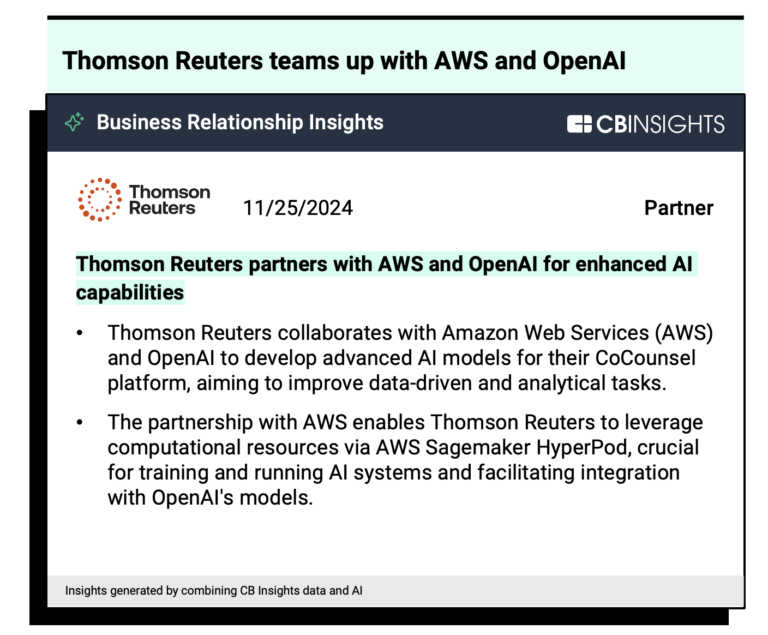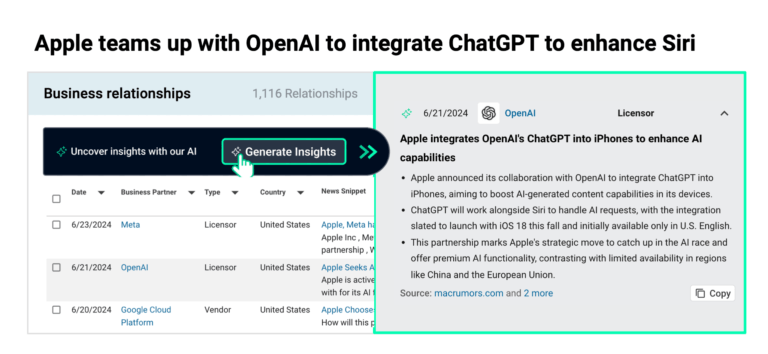
Hugging Face
Founded Year
2016Stage
Series D | AliveTotal Raised
$398.92MValuation
$0000Last Raised
$235M | 2 yrs agoRevenue
$0000Mosaic Score The Mosaic Score is an algorithm that measures the overall financial health and market potential of private companies.
-19 points in the past 30 days
About Hugging Face
Hugging Face is an open-source machine learning platform that focuses on artificial intelligence within the technology sector. The company provides a space for the machine learning community to develop models, share datasets, host artificial intelligence (AI) applications, and offer enterprise solutions. It was founded in 2016 and is based in Paris, France.
Loading...
ESPs containing Hugging Face
The ESP matrix leverages data and analyst insight to identify and rank leading companies in a given technology landscape.
The AI development platforms market offers solutions that serve as one-stop shops for enterprises that want to develop and launch in-house AI projects. Vendors in this space enable organizations to manage aspects of the AI lifecycle — from data preparation, training, and validation to model deployment and continuous monitoring — through a single platform to facilitate end-to-end model development.…
Hugging Face named as Challenger among 15 other companies, including Google Cloud Platform, Databricks, and IBM.
Loading...
Research containing Hugging Face
Get data-driven expert analysis from the CB Insights Intelligence Unit.
CB Insights Intelligence Analysts have mentioned Hugging Face in 18 CB Insights research briefs, most recently on Mar 12, 2025.
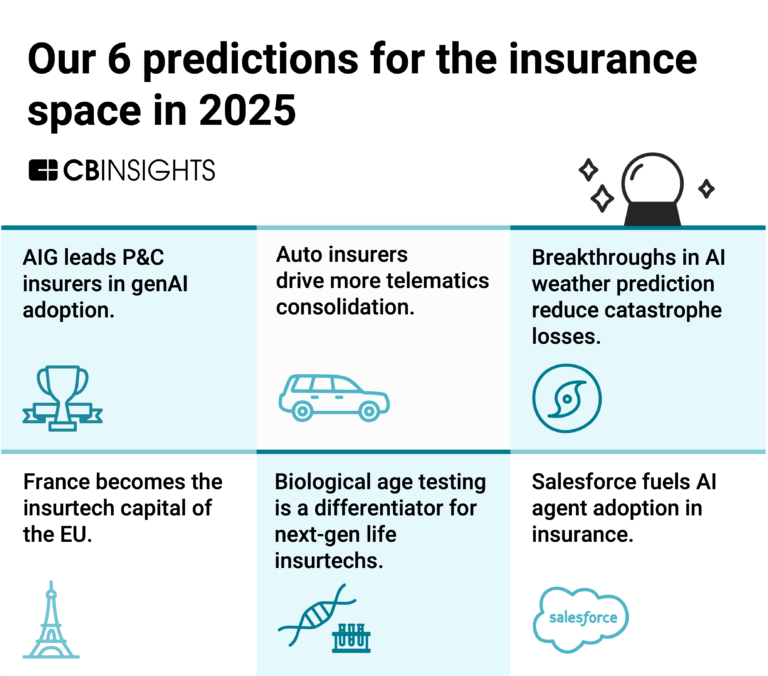
Mar 12, 2025
Our 6 predictions for the insurance space in 2025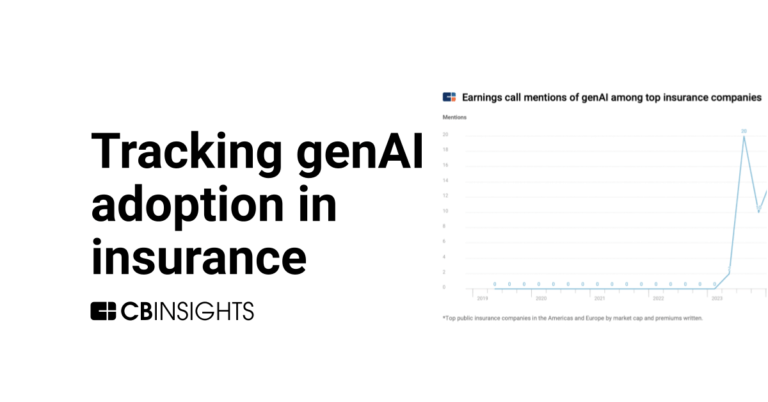
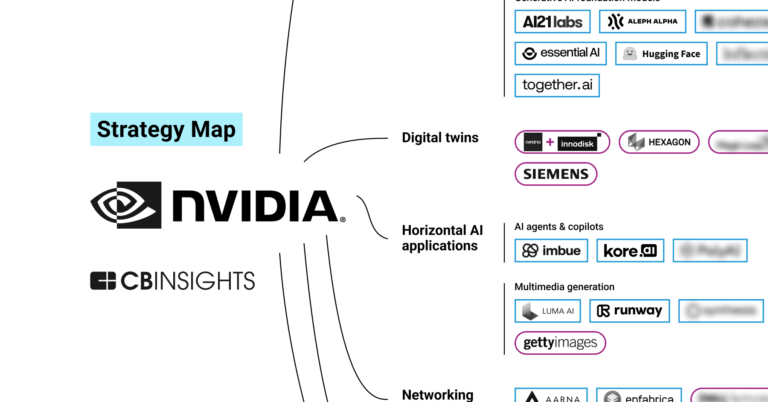
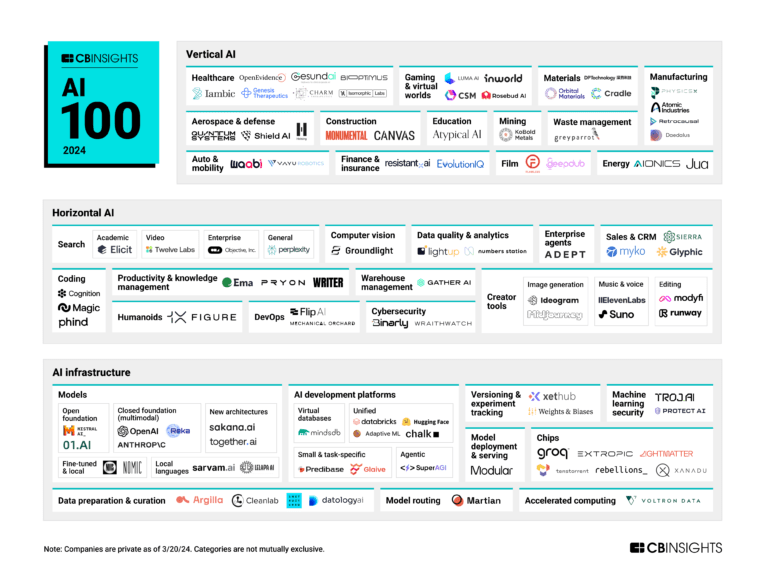
Apr 2, 2024 report
AI 100: The most promising artificial intelligence startups of 2024
Feb 28, 2024 report
The Celebrity VC IndexExpert Collections containing Hugging Face
Expert Collections are analyst-curated lists that highlight the companies you need to know in the most important technology spaces.
Hugging Face is included in 6 Expert Collections, including Unicorns- Billion Dollar Startups.
Unicorns- Billion Dollar Startups
1,270 items
Artificial Intelligence
10,014 items
Companies developing artificial intelligence solutions, including cross-industry applications, industry-specific products, and AI infrastructure solutions.
AI 100
400 items
The winners of the 4th annual CB Insights AI 100.
Generative AI 50
50 items
CB Insights' list of the 50 most promising private generative AI companies across the globe.
Generative AI
1,299 items
Companies working on generative AI applications and infrastructure.
AI 100 (2024)
100 items
Hugging Face Patents
Hugging Face has filed 2 patents.
The 3 most popular patent topics include:
- binary trees
- cryptographic hash functions
- data management

Application Date | Grant Date | Title | Related Topics | Status |
|---|---|---|---|---|
8/31/2024 | Cryptographic hash functions, Trees (data structures), Data management, Binary trees, Hashing | Application |
Application Date | 8/31/2024 |
|---|---|
Grant Date | |
Title | |
Related Topics | Cryptographic hash functions, Trees (data structures), Data management, Binary trees, Hashing |
Status | Application |
Latest Hugging Face News
Apr 2, 2025
Take OpenAI’s latest Ghibli-style image update, for example. In just a few days, it went viral, flooding social media with dreamy, hand-drawn portraits. You’ve probably seen friends, family, or even yourself experimenting with it. Here’s something most people don’t think about—AI-generated images use a surprising amount of energy. Image: X AI is now a part of our everyday lives—creating art, answering questions, and assisting with all sorts of tasks. Its capabilities are incredible, but there’s a side we don’t always talk about: the environmental cost. Take OpenAI’s latest Ghibli-style image update, for example. In just a few days, it went viral, flooding social media with dreamy, hand-drawn portraits. You’ve probably seen friends, family, or even yourself experimenting with it. The demand was so high that OpenAI CEO Sam Altman admitted their GPUs were struggling to keep up. “It’s super fun seeing people love images in ChatGPT, but our GPUs are melting,” Altman wrote on X, as users flooded the platform with AI-generated art. The response was so overwhelming that OpenAI had to limit users to just three images per day to keep their systems from buckling. A few days later, Altman followed up with an exhausted plea: “Can y’all please chill on generating images, this is insane. Our team needs sleep.” But here’s something most people don’t think about—AI-generated images use a surprising amount of energy. According to a new study by researchers at the AI startup Hugging Face and Carnegie Mellon University, one AI image can consume anywhere from 0.01 to 0.29 kWh of electricity. To put that into perspective, charging your smartphone takes about 0.012 kWh. That means creating just one AI image can use as much power as fully charging your phone—or even more. Environmental burden of AI: Carbon, water, and e-waste The Growing popularity of AI comes to bear heavy energy demands. The training and running of generative AI models depend on huge data centres consuming tremendous quantities of electricity and water while leaving a heavy carbon footprint. Researchers at the University of California, Riverside, found that Microsoft used nearly 700,000 litres of freshwater to cool its data centres during GPT-3’s training—enough to produce over 370 BMWs or 320 Teslas. Even everyday AI interactions add up: generating 20 to 50 ChatGPT responses uses as much water as a 500ml bottle. A study by Hugging Face and Carnegie Mellon University estimates that producing a single AI-generated image consumes as much energy as fully charging a smartphone. In contrast, text-based AI is far less resource-intensive, with 1,000 text prompts using only 16 per cent of a smartphone charge. Next comes e-waste: AI models built on microchips manufactured using rare earth elements, which get mined in environmentally damaging ways. For every computer that weighs 2 kg, 800 kg of raw materials are required. AI: A double-edged sword AI isn't just bad for the environment—it can help too. The United Nations uses AI to detect harmful methane gas leaks from oil and gas sites, which helps fight climate change. AI can also improve energy use in power grids, transport, and industries, reducing pollution. But the more AI is used, the bigger its footprint gets. MIT professor Elsa A. Olivetti’s 2024 study, The Climate and Sustainability Implications of Generative AI, explains this problem. AI can both help and harm the planet at the same time. If it keeps expanding without eco-friendly solutions, its impact may become more damaging than its benefits. Can AI be made greener? Tech companies are now looking for ways to make AI more sustainable. Using renewable energy, improving cooling systems in data centres, and creating energy-efficient AI models can help reduce its impact. For now, next time you generate an your 'Ghibli' art AI image—whether it's a cool fantasy portrait or a digital artwork—remember that it comes at a hidden cost to the environment.
Hugging Face Frequently Asked Questions (FAQ)
When was Hugging Face founded?
Hugging Face was founded in 2016.
Where is Hugging Face's headquarters?
Hugging Face's headquarters is located at 9 rue des Colonnes, Paris.
What is Hugging Face's latest funding round?
Hugging Face's latest funding round is Series D.
How much did Hugging Face raise?
Hugging Face raised a total of $398.92M.
Who are the investors of Hugging Face?
Investors of Hugging Face include Qualcomm Ventures, Amazon, AMD Ventures, Sound Ventures, Intel Capital and 38 more.
Who are Hugging Face's competitors?
Competitors of Hugging Face include OpenAI, Cohere, Stability AI, Anthropic, Together AI and 7 more.
Loading...
Compare Hugging Face to Competitors

Sakana AI focuses on developing artificial intelligence through nature-inspired foundation models within the research and development sector. The company's main offering includes creating a new kind of foundation model that draws inspiration from natural intelligence, designed to advance the field of AI. It was founded in 2023 and is based in Tokyo, Japan.

AI21 Labs operates as an artificial intelligence (AI) lab and product company. The company offers a range of AI-powered tools, including a writing companion tool to assist users in rephrasing their writing and an AI reader that summarizes long documents. It also provides language models for developers to create AI-powered applications. It was founded in 2017 and is based in Tel Aviv, Israel.

Goodfire AI specializes in artificial intelligent (AI) interpretability, focusing on creating tools for deploying safe and reliable generative AI models within the tech industry. The company provides infrastructure that enables developers to understand, edit, and debug AI models at scale, which facilitates the development of secure and dependable AI systems. Goodfire AI primarily serves sectors that require advanced AI model deployment and management, such as the tech industry and AI research organizations. It was founded in 2024 and is based in San Francisco, California.

Anthropic operates a safety and research company focused on developing AI systems. The company's main offerings include Claude, an AI assistant for various tasks, and a suite of research initiatives aimed at AI safety and interpretability. Anthropic's research includes natural language processing, human feedback, reinforcement learning, and other areas. It was founded in 2021 and is based in San Francisco, California.

Cohere is an enterprise artificial intelligence (AI) platform that develops artificial intelligence solutions. The company offers AI models for text generation, document analysis, and assistant development, which can be integrated into enterprise workflows. Cohere's solutions serve various sectors including financial services, healthcare, manufacturing, energy, and the public sector. It was founded in 2019 and is based in Toronto, Canada.

One AI specializes in generative artificial intelligence (AI) within the technology sector. The company offers services such as language analytics, customizable AI skills, and the processing of text, audio, and video data into structured, actionable insights. It primarily serves sectors such as customer service, e-commerce, media, healthcare, and government. It was founded in 2021 and is based in San Francisco, California.
Loading...

